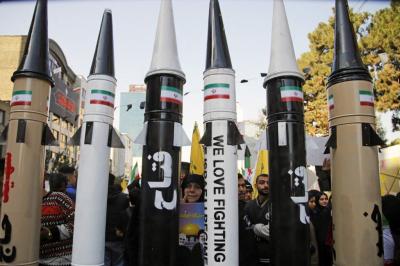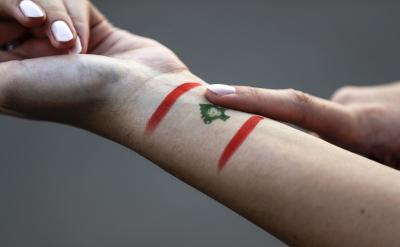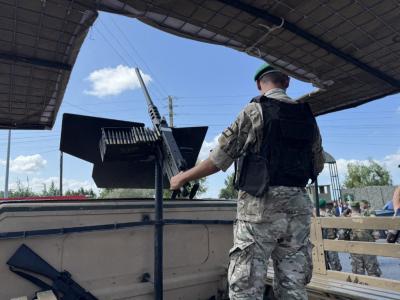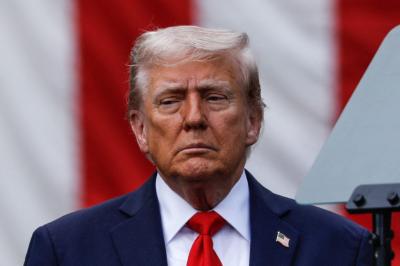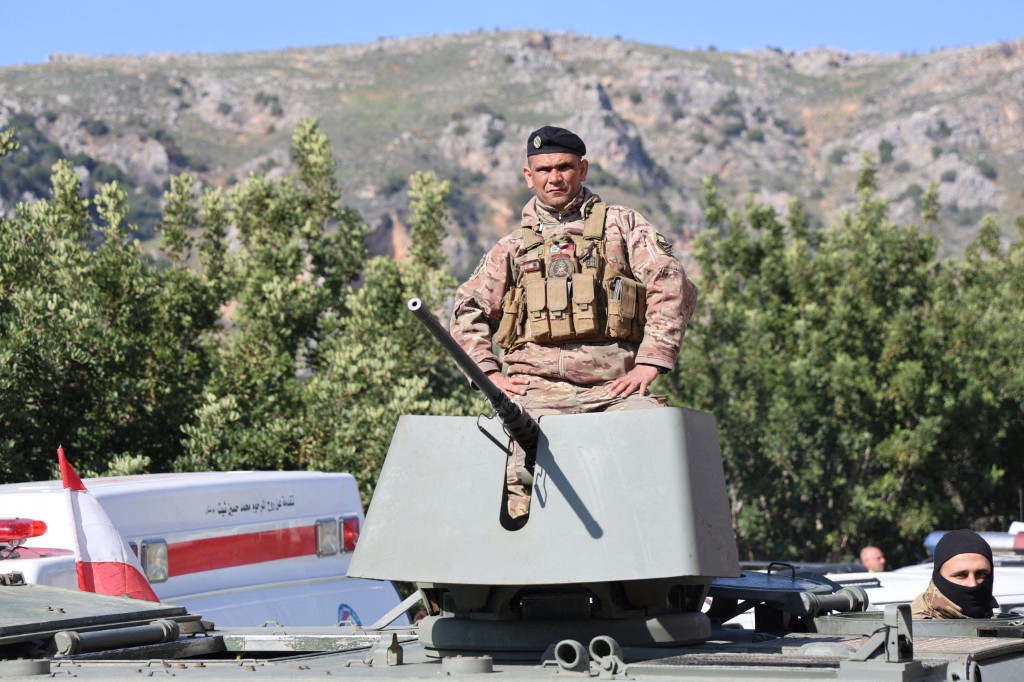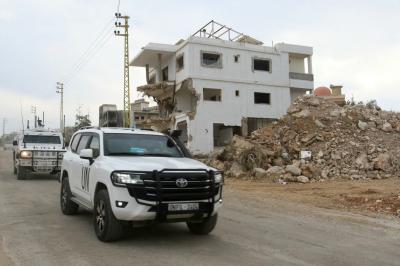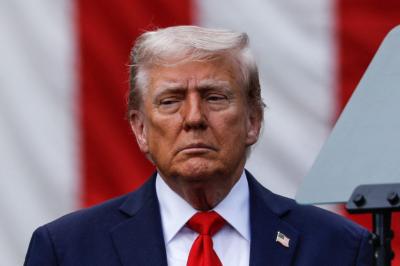Since the founding of the Islamic Republic of Iran in 1979, its foreign policy has revolved around the concept of “exporting the revolution.” Over the decades, Tehran expanded its regional influence through money, weapons, and religious ideology—violating national sovereignty and establishing proxy forces. These arms of influence ultimately formed what Iran came to call the “Axis of Resistance.”
"Hezbollah" was the crown jewel of this strategy. Established by Iran’s Revolutionary Guard in 1982 in Baalbek, "Hezbollah" thrived amid Lebanon’s sectarian divisions and the vacuum left by a weakened state—first during war and later during peace. Lebanon paid a steep price for this alliance: the rise of a "Hezbollah"-led mini-state within the state undermined national institutions, seized control of war and peace decisions, disrupted foreign relations, and isolated Lebanon from the international community.
Lebanon also became the frontline of the Axis’s confrontation with Israel—a battleground for proxy wars. The so-called “wars of support” waged from Lebanese territory turned the country into a laboratory for advancing Iran’s agenda, whether by paralyzing state institutions to impose presidential candidates, or by undermining national identity and societal values. Violence was normalized under slogans like “sacred weapons,” “deterring Israel,” and “liberating Jerusalem.”
But since October 7, 2023—marked by the “Al-Aqsa Flood” attack—the tide has turned. A decision appears to have been made: dismantle Iran’s proxies as a prelude to dissolving the Axis altogether. Once again, Lebanon is footing the highest bill for this regional shift. As the only serious front in the so-called “Unity of Arenas” doctrine, Lebanese towns have been turned into mini-Gazas. Yemen’s responses remain symbolic; Assad’s Syria is off the table; and Iraq has shown clear caution toward further escalation.
The Axis of Resistance is fading. Iran is losing its cards one by one:
Its ally, the Assad regime, is a relic of the past. Any successor regime is likely to be openly hostile to Tehran.
Its proxies have failed to pose serious threats to Israel—unable to shoot down a fighter jet or assassinate even a low-ranking officer.
Iran’s ballistic missile and nuclear ambitions face unrelenting American and global opposition.
Its support for the Palestinian cause has been exposed as political cover—its true priority is regime survival, not liberating Jerusalem or eliminating the “Zionist entity.”
Still, the Axis clings to its last remaining proxy: "Hezbollah". Even as the militia lies in “clinical death” compared to Israel’s superior military, intelligence, and technological capabilities, Iran is urging it to keep fighting—regardless of the cost to Lebanese lives.
While "Hezbollah" bears primary responsibility for the damage Lebanon endured during the Axis’s ascent, the blame for the next phase—its collapse—may fall squarely on the Lebanese state. The writing is on the wall. The international consensus is clear: disarm non-state actors, and the green light to eliminate proxies was effectively issued on day one of the October 7 attack.
The messages reaching Beirut are increasingly direct:
The disarmament of "Hezbollah" is no longer cloaked in diplomatic euphemisms. Calls to place all arms under state control are now blunt and explicit.
There is growing pressure for serious and accelerated reforms.
Lebanon must seize this moment—failure to do so means exclusion from the region’s emerging political order.
Responsibility now lies with the Lebanese authorities. Endless dialogue without deadlines on "Hezbollah"’s weapons is tantamount to evasion. Delays are denials in disguise. Time wasted is opportunity squandered—and the difference between good and bad faith becomes irrelevant if both lead to collapse.
The region is shifting rapidly. The world will not wait for Lebanon to fulfill its duties. And if the state shirks its role, others may take it upon themselves to defuse the explosive legacy of the Axis—and pave the way for a new Middle East.
Please post your comments on:
[email protected]
 Politics
Politics
